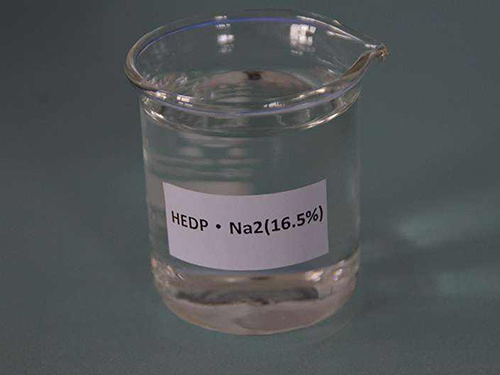Effective HEDP Applications for Water Treatment and Scale Prevention Solutions
HEDP in Water Treatment An Overview
Water treatment is a critical process in ensuring the safety and quality of water for various uses, including drinking, industrial applications, and agriculture. Among the many chemicals utilized in this process, Hydroxyethylidene Diphosphonic Acid (HEDP) has gained attention for its effectiveness as a scale and corrosion inhibitor. This article explores the role of HEDP in water treatment, its benefits, and its applications.
Understanding HEDP
HEDP is an organophosphonic acid that has been widely used in water treatment due to its ability to chelate metal ions, thus preventing scale formation and inhibiting corrosion. The chemical structure of HEDP includes two phosphonic acid groups attached to a hydroxyethyl group, which enhances its stability and efficacy in aqueous environments. Its stability across different pH levels and temperatures makes it suitable for various applications in both cooling water systems and industrial processes.
Benefits of HEDP
1. Effective Scale Inhibition One of the primary functions of HEDP in water treatment is to prevent the formation of scale deposits. Scale can occur in pipes, heat exchangers, and boilers when minerals precipitate out of the water, leading to reduced efficiency and increased maintenance costs. HEDP effectively binds with calcium, magnesium, and other metal ions, keeping them in solution and reducing the likelihood of scale buildup.
2. Corrosion Control Corrosion is a significant concern in water systems, leading to equipment damage and decreased operational life. HEDP not only prevents scale formation but also reduces the corrosion rate of metals in contact with water. By forming a protective layer on metal surfaces, HEDP minimizes direct contact between the metal and corrosive agents in the water.
hedp water treatment

3. Environmental Compatibility In recent years, there has been a growing emphasis on the use of environmentally friendly chemicals in water treatment. HEDP is considered a relatively safe option as it has low toxicity and does not contribute to the buildup of harmful substances in the environment. This aspect makes it a preferred choice for many industries looking to minimize their ecological footprint.
4. Versatility HEDP can be used in various water treatment applications, including municipal drinking water systems, industrial cooling towers, and geothermal systems. Its versatility extends across different sectors such as oil and gas, power generation, and manufacturing, showcasing its adaptability to diverse chemical compositions and operational conditions.
Applications of HEDP
HEDP is commonly used in several industrial applications where water treatment is essential. In cooling systems, HEDP helps maintain efficiency by preventing scale and corrosion, ultimately leading to reduced energy consumption and lower operational costs. In wastewater treatment, HEDP can assist in the removal of heavy metals and other pollutants, contributing to cleaner effluents being released into the environment.
Conclusion
HEDP is a vital component in modern water treatment processes, combining effective scale and corrosion prevention with environmental safety. Its wide-ranging applications across various industries highlight its importance in maintaining water system efficiency and longevity. As the demand for cleaner, safer water continues to grow, the role of HEDP in water treatment will likely become even more significant, helping industries meet regulatory standards while promoting sustainable practices.
-
Water Treatment with Flocculant Water TreatmentNewsJun.12,2025
-
Polymaleic AnhydrideNewsJun.12,2025
-
Polyaspartic AcidNewsJun.12,2025
-
Enhance Industrial Processes with IsothiazolinonesNewsJun.12,2025
-
Enhance Industrial Processes with PBTCA SolutionsNewsJun.12,2025
-
Dodecyldimethylbenzylammonium Chloride SolutionsNewsJun.12,2025





